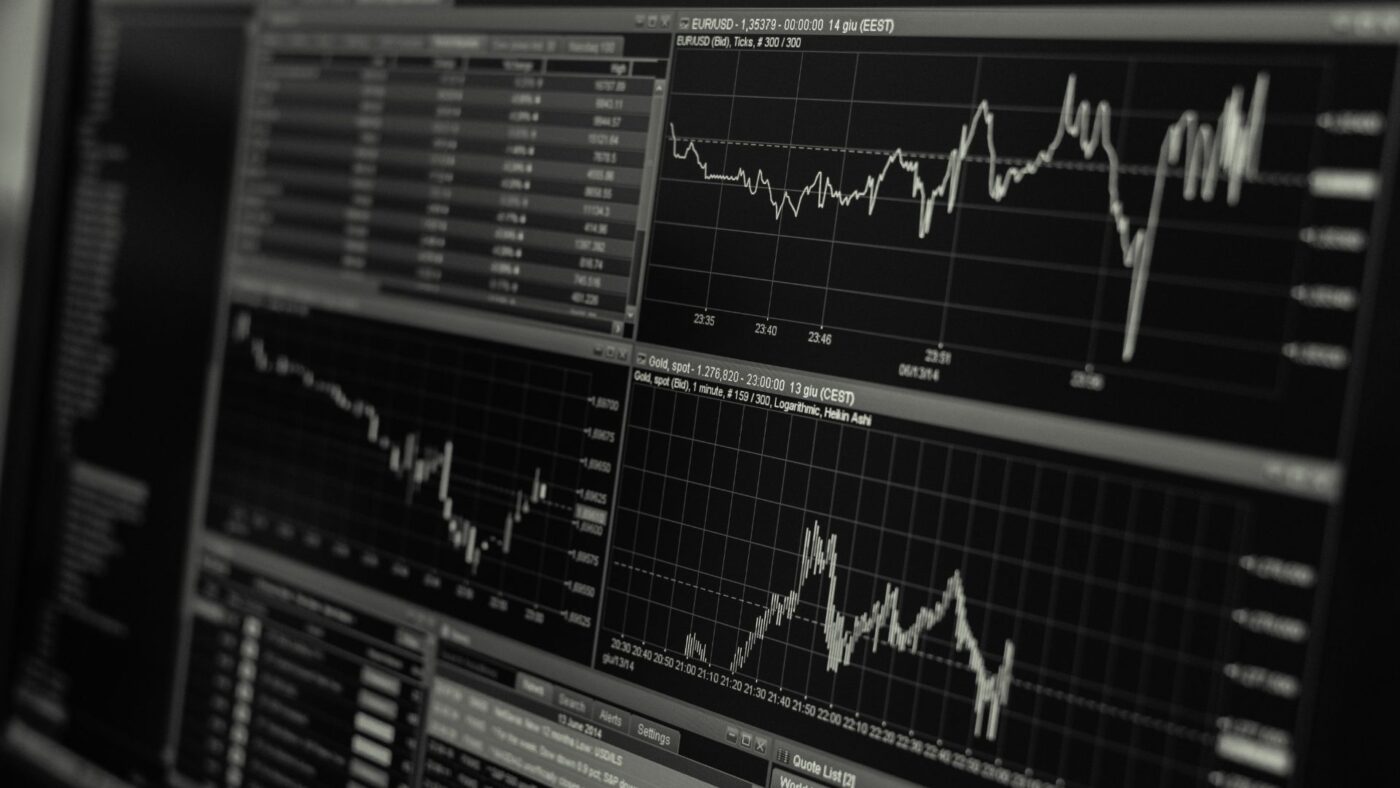The futures market has existed for hundreds of years. The first known market was the Dojima Rice
Exchange that was started in 1697. As time went on, exchanges slowly spread around the world. The
CBOT, or Chicago Board of Trade, was founded in 1848. Shortly after the LME, or London Metals
Exchange, was founded 1877.
These exchanges have developed, grown, and changed as the years have passed. The days of open
outcry pits are mostly gone now as the markets have moved almost entirely online. With the movement
to online trading came instantaneous need for data.
In fact, there are companies and traders out there that pay millions of dollars to have direct connections
to exchanges via fiber optic cables. This gives those funds a slight edge when it comes to placing and
executing orders – speed is everything.
Seeing this as an opportunity, exchanges have made delayed data a product. Almost all commodity data
sources available for free are delayed 10 minutes. If you want to have access to live exchange data, it
will come at a cost that varies by exchange.
Do You Need Live Futures Quotes?
The next question commonly asked about live vs delayed futures quotes is – does it really matter? The answer: maybe.
Ultimately, it depends on your role and how you are using the data. If you are a casual market observer,
you probably don’t need access to live data.
On the other hand, if you are a sophisticated hedger, fund manager, or other active market participate it
may make some sense. These roles typically have a need for precision and speed in, and out, of market, so live quotes may be needed to do your job.
Ultimately, the need for live vs delayed quotes is up to you.

